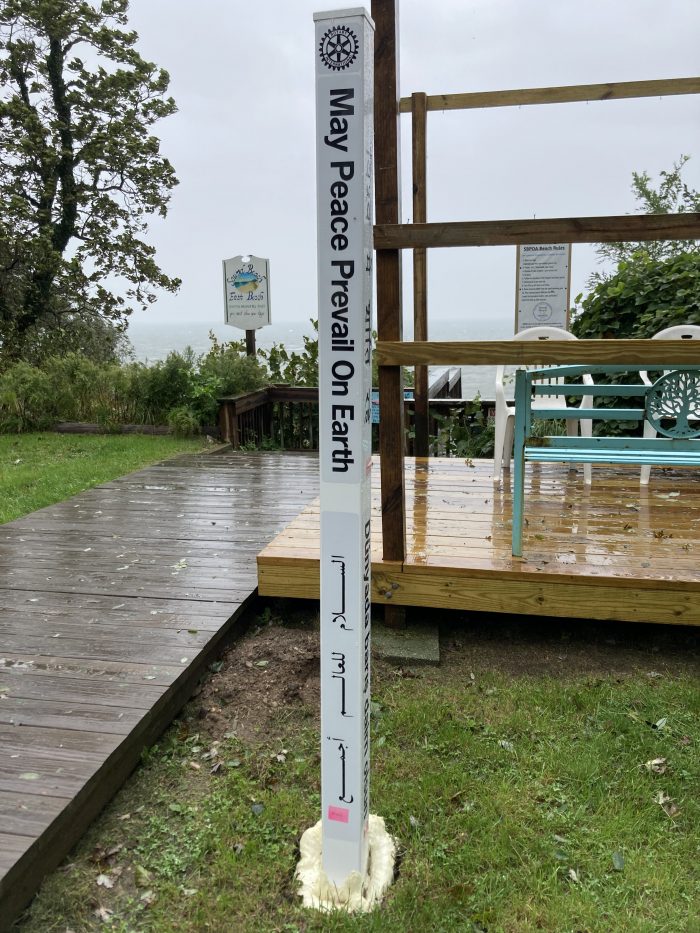Sideshows, also known as street takeovers, are an increasingly pervasive crime phenomenon within Suffolk County and a critical public safety risk.
A sideshow is an informal and illegal public demonstration involving automotive stunts, often at vacant lots or public intersections. These gatherings usually are among young men, who illicitly schedule and promote these activities through social media.
During a recent community meeting at Hauppauge’s main firehouse, Suffolk County Police Department 4th Precinct Inspector David Regina shared alarming footage of recent nighttime gatherings and dangerous auto races at Hauppauge Industrial Park.
While sideshows may be afflicting Hauppauge and its surrounding communities for now, Regina noted that this trend is gaining traction regionally and nationally.
Here on Long Island, our roadways are dangerous enough as is. Just a week ago, Regina told the Smithtown Town Board that motor vehicle crashes of practically every variety were up within the 4th Precinct. We don’t need to add another safety hazard to our roadways, especially one as preventable as street racing.
Like many fads, our laws and criminal penalties have not yet caught up with this crime phenomenon. Officers alerted to these sideshows are often hamstrung, requiring two signed affidavits from separate business owners before initiating enforcement measures.
Suffolk County Legislators Leslie Kennedy (R-Nesconset) and Steven Flotteron (R-Brightwaters) are currently exploring changes to county law that would close this loophole.
We advise each incumbent and prospective county legislator within our coverage area to take this matter seriously. There are plenty of vacant lots throughout the North Shore, and this issue could soon be heading to our own backyards.
To those who may report a sideshow event, remember to stay out of the line of harm. These are raucous, dangerous gatherings. They should be handled by experienced law enforcement professionals, not private citizens.
We do sympathize with the young and adventurous auto racers who may wish for an outlet for their natural inclinations and energies. So often, our society shames and punishes this demographic without considering root causes or potential solutions.
If these young men seek the thrill of auto racing, then we should make alternative means available to them. The East End, for example, has long offered sanctioned auto racing at the Riverhead Raceway, located on Old Country Road near Tanger Outlets in Riverhead. This quarter-mile oval track is the only one of its kind on Long Island, providing sanctioned auto racing to local residents.
A similar venue in western Suffolk could provide the necessary outlet for the beleaguered racers among us while promoting public safety. We ask our county officials to explore such an alternative, perhaps siting the raceway at an existing county property.
Still, public awareness of this issue is crucial. If you see or hear of an illegal sideshow event, please notify SCPD immediately. And remember always to be vigilant when getting behind the wheel.


















